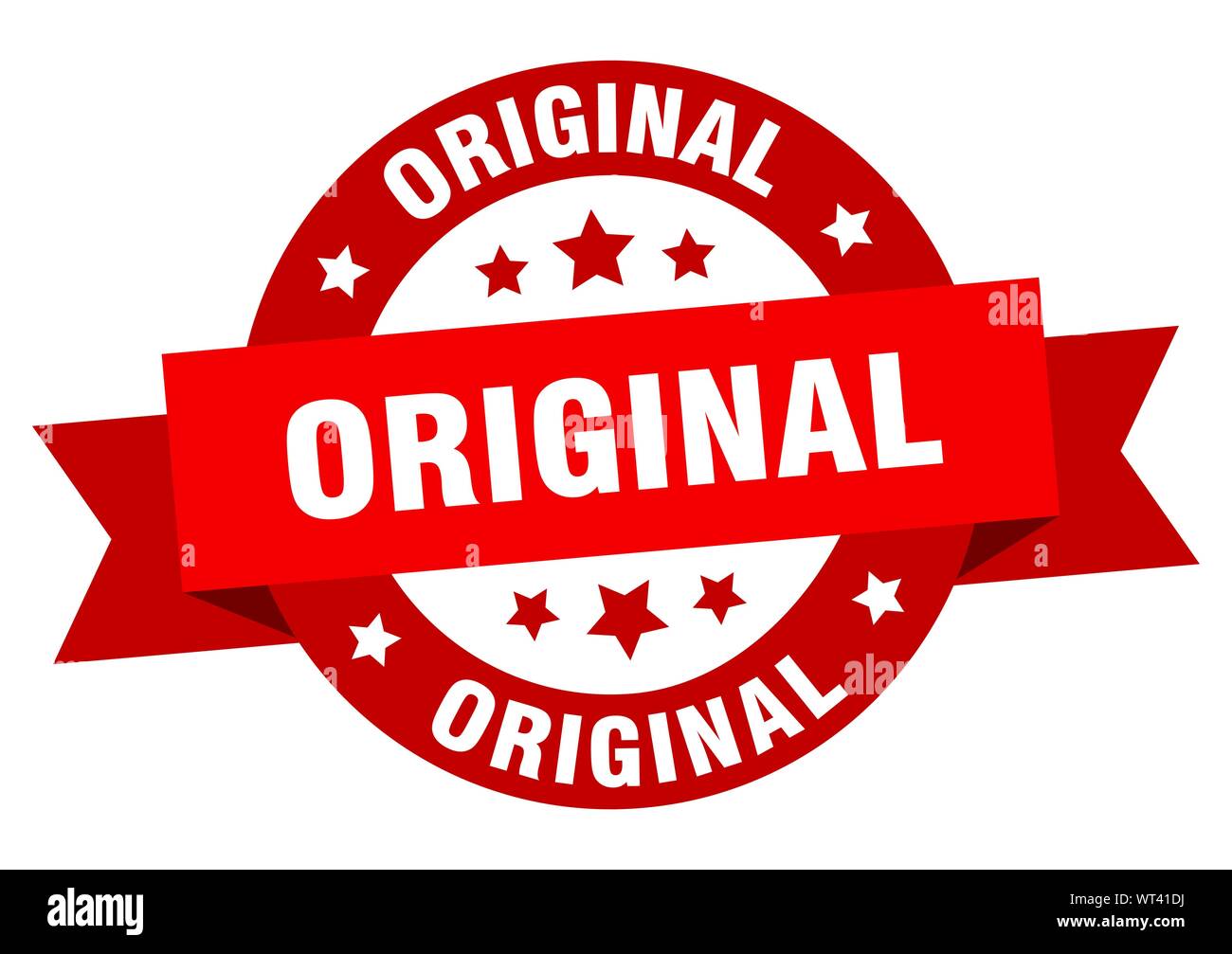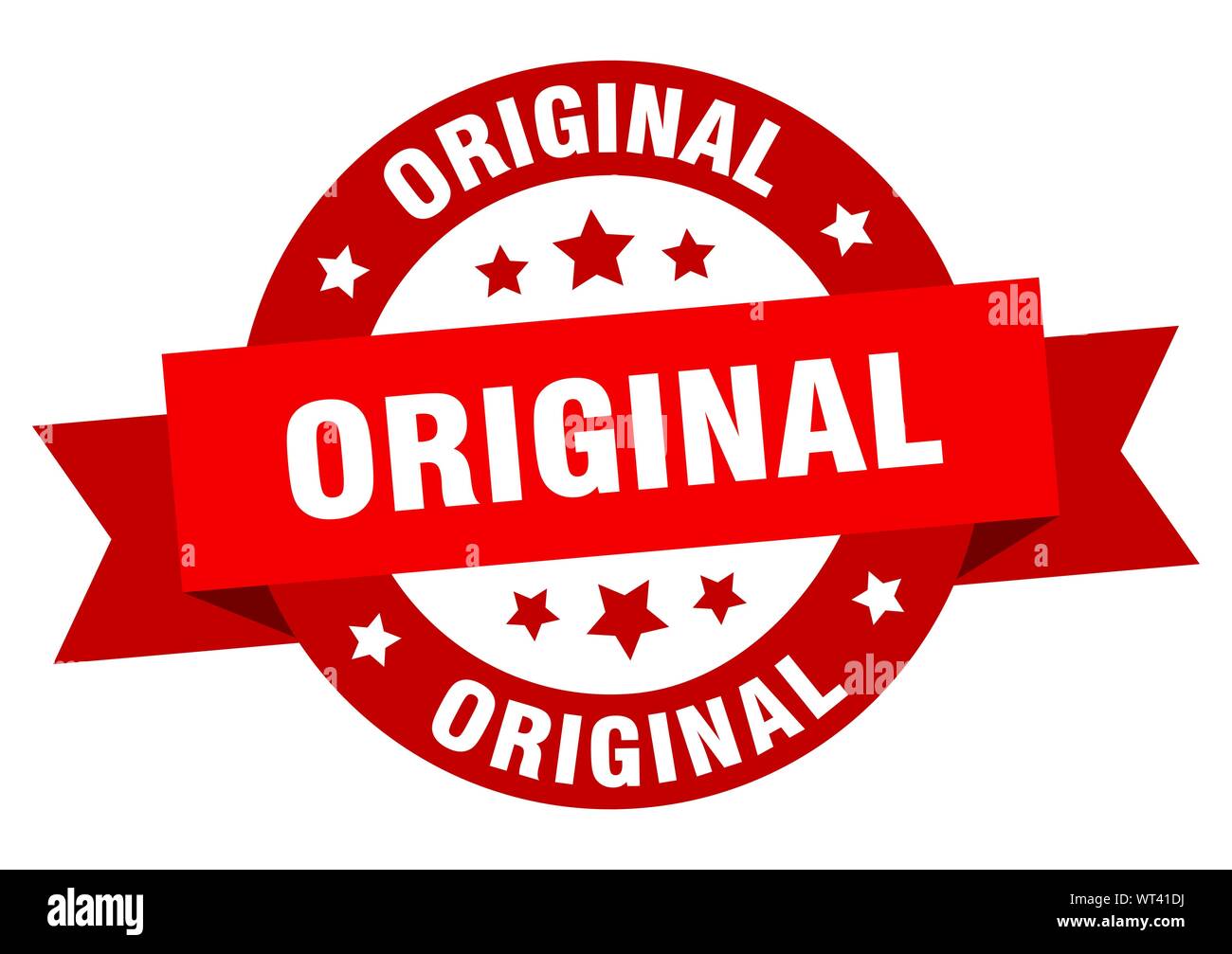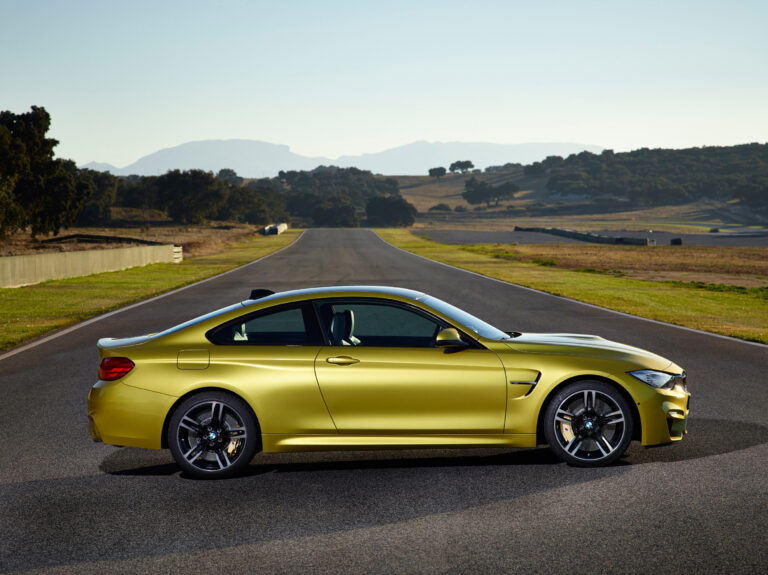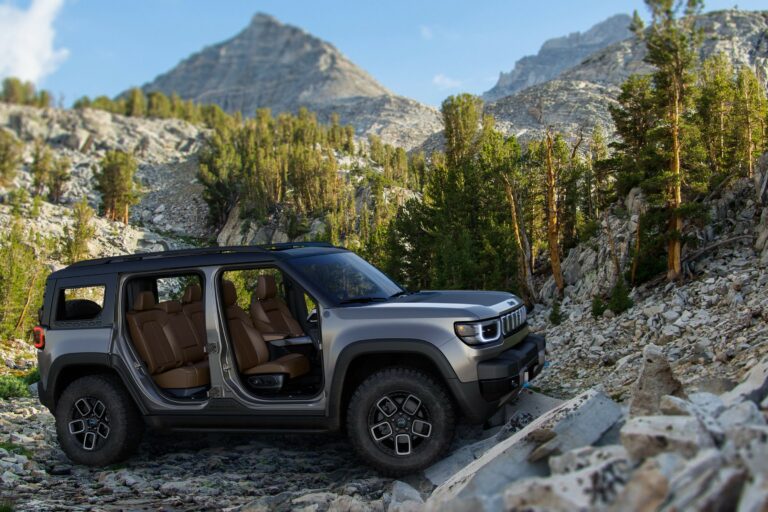Original Willys Jeep For Sale: Your Comprehensive Buyer’s Guide
Original Willys Jeep For Sale: Your Comprehensive Buyer’s Guide jeeps.truckstrend.com
The Original Willys Jeep stands as an enduring icon of American ingenuity, rugged capability, and historical significance. More than just a vehicle, it’s a tangible piece of history that pioneered the modern SUV and off-road culture. From its humble beginnings as the workhorse of World War II to its transformation into the civilian "Universal Jeep," the Willys has captured the hearts of enthusiasts, collectors, and adventurers worldwide. If you’re considering the exciting prospect of finding an Original Willys Jeep for sale, this comprehensive guide will equip you with the knowledge and insights needed to navigate the market, identify genuine specimens, and make an informed purchase.
The Enduring Legacy: Why Buy an Original Willys Jeep?
Original Willys Jeep For Sale: Your Comprehensive Buyer’s Guide
Owning an Original Willys Jeep is about more than just transportation; it’s an investment in a legend. Its appeal stems from several compelling factors:
- Historical Significance: The Willys MB, often simply called "the Jeep," was instrumental in the Allied victory in WWII, lauded by General Eisenhower as one of the three decisive weapons of the war. Its civilian successors, the CJ (Civilian Jeep) series, brought this wartime utility to farms, ranches, and burgeoning recreational markets, laying the groundwork for the entire Jeep brand.
- Unparalleled Ruggedness and Simplicity: Designed for utility and ease of maintenance in the field, Willys Jeeps are mechanically straightforward. Their robust ladder frames, solid axles, and durable "Go-Devil" flathead engines are renowned for their longevity and repairability, making them ideal for those who appreciate mechanical simplicity.
- Collector’s Item and Investment Potential: Original Willys Jeeps, particularly well-preserved or restored examples, are highly sought after by collectors. Their value tends to appreciate over time, making them a potentially sound investment for automotive enthusiasts.
- Unique Driving Experience: Driving a Willys Jeep is a visceral experience unlike modern vehicles. With minimal creature comforts, a manual transmission, and direct steering, it connects the driver directly to the road (or trail), offering a pure, unadulterated sense of adventure.
- Community and Support: The Willys Jeep community is vibrant and passionate. Owners benefit from a wealth of shared knowledge, readily available parts (both NOS and reproduction), and numerous clubs and events dedicated to preserving these historic vehicles.

Identifying an "Original": Models and Key Features
When searching for an "Original Willys Jeep for sale," it’s crucial to understand the different models and their distinguishing characteristics. This helps differentiate genuine articles from heavily modified vehicles, replicas, or later-model Jeeps.
- Willys MB (1941-1945): The quintessential WWII Jeep.
- Key Features: Nine-slot slatted grille, flat fenders, small round headlights, often a shovel and axe mounted on the driver’s side. Early models had a "script" Willys logo on the rear panel.
- Identification: Look for original data plates (on the dash or firewall), frame numbers, and engine numbers that match wartime production records.

- Willys CJ-2A "Universal Jeep" (1945-1949): The first civilian Willys, marketed for agricultural and industrial use.
- Key Features: Larger headlights (7-inch) recessed into the grille, a tailgate (a first for a Jeep), and tool indents on the passenger side for a shovel and axe. The grille was still 9-slot, but often painted body color.
- Identification: Check for the Willys-Overland logo, "Jeep" script on the hood sides, and the CJ-2A specific features.

- Willys CJ-3A (1949-1953): A refinement of the CJ-2A.
- Key Features: One-piece windshield (replacing the two-piece split windshield of earlier models), slightly improved ride and comfort. Still a "flatfender" design.
- Identification: The single-pane windshield is the easiest tell.
- Willys M38 (1950-1952): A military version based on the CJ-3A.
- Key Features: 24-volt electrical system, waterproof ignition system, larger headlights (often with blackout drive lights), stronger frame, and a hinged windshield that could be sealed.
- Identification: Military markings, 24V system, and specific military accessories.
- Willys CJ-3B (1953-1968): The "High-Hood" Jeep.
- Key Features: Distinctive taller hood to accommodate the new F-head "Hurricane" engine, which offered more power. Still used the flatfender body style below the hood line.
- Identification: The most obvious feature is the significantly taller, more bulbous hood.
Distinguishing "Original" vs. Modified/Replica: An "original" Willys typically retains its factory chassis, body, and major drivetrain components. While minor modifications or period-correct upgrades are common, be wary of vehicles with swapped engines, aftermarket frames, or reproduction bodies passed off as fully original. Matching numbers (engine, frame, and body tag) add significant value and authenticity.
Where to Find Your Willys Jeep: Sourcing Strategies
Finding the right Original Willys Jeep requires patience and knowing where to look:
- Online Marketplaces:
- Dedicated Forums and Classifieds: Websites like G503.com (for military Jeeps), EarlyCJ5.com (for early CJs), and specific Willys clubs often have "For Sale" sections. These are excellent for finding knowledgeable sellers and community support.
- General Automotive Sites: eBay Motors, Craigslist, and Facebook Marketplace can yield finds, but exercise more caution regarding descriptions and authenticity.
- Classic Car Auction Sites: Bring a Trailer, Hemmings, and Mecum Auctions feature higher-end, often restored examples.
- Classic Car Dealerships/Specialists: Some dealerships specialize in vintage 4x4s or military vehicles. They often have inspected vehicles, though prices may be higher.
- Auctions: Local estate auctions, government surplus sales, and specialized military vehicle auctions can be sources, but require quick decision-making and "as-is" purchasing.
- Willys/Jeep Clubs and Events: Attending regional or national Willys shows and swap meets is a fantastic way to network, see vehicles in person, and potentially find private sellers.
- Word-of-Mouth: Let friends, family, and local mechanics know you’re looking. You’d be surprised what hidden gems might surface.
What to Look For: A Pre-Purchase Inspection Checklist
Thorough inspection is paramount when buying an Original Willys Jeep. Many are decades old and may have suffered from rust, neglect, or poor repairs.
- Frame: The backbone of the vehicle. Inspect for rust (especially near body mounts, spring hangers, and cross members), cracks, previous repairs, or bends from accidents. A solid frame is critical.
- Body:
- Rust: Common areas include floorboards, hat channels (the supports under the floor), fenders, cowl, and the rear panel. Check for excessive bondo or poor patch panel work.
- Originality: Are the panels original Willys, or aftermarket reproductions? Reproduction bodies are common, but can affect value if advertised as "original."
- Engine:
- Leaks: Check for oil, coolant, or fuel leaks.
- Starting/Running: Does it start easily? Does it idle smoothly? Listen for unusual noises (knocking, ticking).
- Smoke: Blue smoke indicates oil burning; white smoke can be coolant.
- Compression: A compression test is ideal to assess engine health.
- Transmission & Transfer Case:
- Shifting: Does it shift smoothly through all gears? Listen for grinding or whining noises.
- 4×4 Engagement: Test the transfer case (2WD, 4-High, 4-Low).
- Leaks: Check for fluid leaks.
- Axles & Drivetrain:
- Play: Check for excessive play in U-joints and wheel bearings.
- Leaks: Inspect differential covers for leaks.
- Brakes: Test pedal feel and stopping power. Check brake lines for corrosion and master cylinder for leaks. Many Willys Jeeps have drum brakes all around.
- Electrical System: Check all lights, gauges (if present and working), and the horn. Look for frayed or patched wiring, which can be a fire hazard.
- Steering & Suspension:
- Steering Play: Excessive play in the steering wheel indicates worn components (steering box, tie rods, drag link).
- Suspension: Check leaf springs for sagging or broken leaves. Look at shocks.
- Documentation: A clear title is essential. Any service records or history of ownership are a bonus. Verify the VIN/serial number on the title matches the vehicle.
Restoration Levels and Associated Costs
Original Willys Jeeps are available in various conditions, each with different price points and associated costs:
- Barn Find/Project (Lowest Price): These are vehicles that are often non-running, heavily rusted, or disassembled. They require extensive work, time, and money.
- Price Range: $2,000 – $8,000+ (depending on completeness and model)
- Restoration Costs: $15,000 – $40,000+ (if professionally done)
- Running Driver (Mid-Range Price): These Jeeps run and drive but need significant mechanical or cosmetic work. They’re usable as-is for light duty but aren’t show-ready.
- Price Range: $8,000 – $18,000+
- Restoration Costs: $5,000 – $20,000+ (to bring to good condition)
- Partially Restored (Higher Mid-Range): Some work has been done, but often not to a high standard, or only specific areas have been addressed. Requires careful inspection to determine the quality of work.
- Price Range: $15,000 – $25,000+
- Fully Restored/Concours (Highest Price): These vehicles have undergone professional, comprehensive restorations to original specifications, often to show-quality standards. They are turn-key and command premium prices.
- Price Range: $25,000 – $60,000+ (or significantly more for rare or historically significant examples)
Parts Availability: Fortunately, the aftermarket for Willys Jeep parts is robust. Many reproduction body panels, mechanical components, and cosmetic items are available, making restoration feasible. However, original NOS (New Old Stock) parts are harder to find and more expensive.
Important Considerations & Potential Challenges
- Rust is the Enemy: Willys Jeeps are notorious for rust. Assume any steel part can rust and inspect accordingly.
- Mechanical Aptitude: While simple, owning a Willys often requires basic mechanical knowledge or a trusted mechanic familiar with vintage vehicles. These are not "set it and forget it" machines.
- Safety Features (or Lack Thereof): Willys Jeeps lack modern safety features like airbags, ABS, crumple zones, or even seatbelts (unless aftermarket installed). Drive them with extreme caution and awareness.
- Daily Driver Limitations: These vehicles were designed for low-speed utility. They are not comfortable or practical for modern highway speeds or as a primary daily driver. They excel as weekend cruisers, trail vehicles, or parade participants.
- Title and Registration: Ensure the seller has a clear, transferable title. Verify VIN/serial numbers carefully. Some older vehicles may have lost their original titles, requiring a bonded title process.
Practical Advice & Actionable Insights
- Define Your Goal and Budget: Are you looking for a project, a driver, or a show queen? Set a realistic budget that includes the purchase price, potential restoration costs, and ongoing maintenance.
- Research Thoroughly: Learn about the specific model you’re interested in. Understand its quirks and common issues.
- Join the Community: Connect with Willys Jeep clubs and online forums. Members are a wealth of information and often know of vehicles for sale.
- Inspect, Inspect, Inspect: Never buy sight unseen if possible. If you can’t inspect it yourself, hire a qualified classic car appraiser or mechanic specializing in vintage 4x4s.
- Be Patient: The perfect Willys for your needs might not appear overnight. Don’t rush into a purchase.
- Factor in Shipping: If buying remotely, get quotes for enclosed transport.
- Consider Storage: Willys Jeeps appreciate dry, covered storage to prevent further deterioration.
Original Willys Jeep Estimated Price Guide
This table provides a general range; actual prices can vary significantly based on location, originality, and market demand.
| Model | Condition Category | Estimated Price Range (USD) | Notes |
|---|---|---|---|
| Willys MB | Project | $5,000 – $15,000 | Often incomplete, significant rust. Highly desirable even in rough shape. |
| (WWII Jeep) | Running Driver | $18,000 – $35,000 | Usable, but likely needs mechanical or cosmetic attention. |
| Restored/Concours | $35,000 – $75,000+ | Show quality, highly original examples command top dollar. Military history adds value. | |
| Willys CJ-2A | Project | $2,000 – $8,000 | Common starting point for restoration. |
| (Universal Jeep) | Running Driver | $8,000 – $18,000 | Good entry-level classic Jeep. |
| Restored | $18,000 – $35,000+ | Well-restored examples can fetch strong prices, especially early production models. | |
| Willys CJ-3A | Project | $2,000 – $7,000 | Similar to CJ-2A projects, slightly less common. |
| (Flatfender) | Running Driver | $7,000 – $16,000 | Solid choice for a usable classic. |
| Restored | $16,000 – $30,000+ | One-piece windshield makes them distinct. | |
| Willys M38 | Project | $4,000 – $12,000 | Military-specific components can be harder to source. |
| (Military Post-WWII) | Running Driver | $15,000 – $28,000 | Valued for military authenticity and robustness. |
| Restored | $28,000 – $50,000+ | Highly sought by military vehicle collectors. | |
| Willys CJ-3B | Project | $3,000 – $9,000 | "High-Hood" models are unique, F-head engine is a plus for some. |
| (High-Hood) | Running Driver | $9,000 – $20,000 | More practical engine for some, but aesthetics are polarizing. |
| Restored | $20,000 – $40,000+ | Well-restored examples are appreciated by enthusiasts of the later flatfender era. |
Frequently Asked Questions (FAQ)
Q: Are Original Willys Jeeps reliable?
A: With proper maintenance and understanding of their limitations, they can be surprisingly reliable. Their mechanical simplicity means fewer complex systems to fail, and basic repairs are often straightforward. However, they are old vehicles and will require ongoing attention.
Q: Can I daily drive an Original Willys Jeep?
A: It’s generally not recommended. They lack modern safety features, are slow by today’s standards, and are uncomfortable for long distances. They shine as weekend toys, off-roaders, or show vehicles.
Q: Are parts hard to find for Original Willys Jeeps?
A: No, parts availability is excellent. Thanks to a thriving aftermarket and dedicated suppliers, you can find almost any component needed for repair or restoration, from body panels to engine parts and electrical components.
Q: How much does it cost to restore a Willys Jeep?
A: Restoration costs vary wildly depending on the starting condition and desired finished quality. A full, professional, frame-off restoration can easily exceed $30,000-$50,000, while a DIY mechanical refresh might be a few thousand.
Q: What’s the main difference between an MB and a CJ-2A?
A: The MB is the military version (WWII), characterized by its slatted grille, no tailgate, and specific military features. The CJ-2A is the first civilian version, featuring larger headlights, a tailgate, and tool indents on the passenger side.
Q: Do Original Willys Jeeps have seatbelts?
A: No, they did not come with seatbelts from the factory. Most owners install aftermarket lap belts for safety, which is highly recommended.
Conclusion
The pursuit of an Original Willys Jeep for sale is an exciting journey into automotive history. Whether you dream of a meticulously restored museum piece, a rugged off-road companion, or a rewarding restoration project, these iconic vehicles offer an unparalleled blend of heritage, capability, and timeless appeal. By understanding the different models, knowing where to look, conducting thorough inspections, and appreciating the unique challenges and rewards of ownership, you can confidently find and acquire your very own piece of American legend. Owning a Willys Jeep isn’t just about driving; it’s about connecting with a legacy of innovation, resilience, and adventure that continues to captivate generations.






